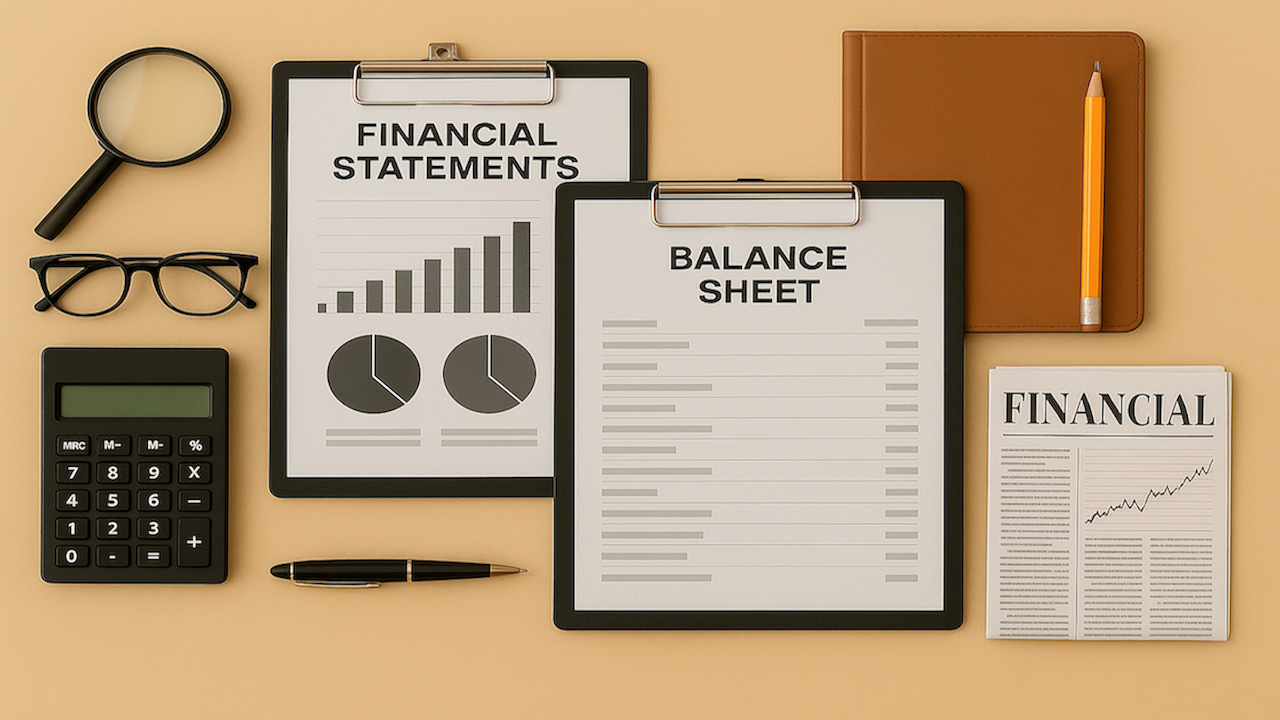Why Markets Rallied on a Pause, Not a Breakthrough

The U.S.–China tariff truce didn’t solve much—but it changed how investors felt
When Markets Cheer for “Not Bad” News
If you were watching the markets last week, you might’ve thought something monumental happened.
The S&P 500 rose more than 5%, the Nasdaq surged over 7%, and tech stocks lit up the leaderboard.
But what actually triggered it?
Not a sweeping trade deal. Not a game-changing policy. Just a 90-day tariff pause between the U.S. and China.
No long-term reforms. No binding commitments. Just a handshake—and a breather.
Still, the market roared.
What Actually Happened
On May 13, the U.S. and China jointly announced a temporary truce in their ongoing trade dispute. Both countries agreed to scale back their tariffs for 90 days to ease tensions and allow for further negotiations.
- The U.S. dropped tariffs on Chinese imports from 145% to 30%, aimed at reducing input costs for American manufacturers.
- China reduced its tariffs on American goods from 125% to 10%, benefiting sectors like agriculture, autos, and pharmaceuticals.
It’s worth noting that a 20% U.S. levy tied to fentanyl enforcement remains in place. That’s separate from the baseline 10% tariff and reflects ongoing non-trade concerns.
No breakthrough on intellectual property. No movement on tech transfers. No roadmap beyond August.
But that didn’t stop investors from celebrating.
Why Markets Reacted the Way They Did
The market wasn’t reacting to what changed structurally. It was reacting to what changed emotionally.
For weeks, sentiment had been souring on fears of escalation. A full-blown tariff war seemed increasingly likely. When those fears were removed—even temporarily—markets rallied hard.
This type of reaction is called a relief rally: a sharp market rebound that occurs not because the news is great, but because it’s less bad than expected.
Other tailwinds helped reinforce the move:
- The April inflation report, released the same day, showed CPI at 2.3% year-over-year, in line with expectations. Stable inflation kept rate cut hopes alive.
- Strong earnings from major tech firms—led by Nvidia, Amazon, and Meta—added fuel to the fire, particularly in AI and cloud-driven sectors.
But make no mistake: the rally was sparked by sentiment.
The Psychology Behind the Surge
Let’s break down why this played out the way it did.
Anchoring bias
Investors had braced for a tariff escalation. So even a modest pause felt like a victory.
Recency bias
Weeks of negative headlines made the truce feel more meaningful than it objectively was.
Herd behavior
Once the rally started, others followed. Not everyone understood the details—but the momentum was too tempting to ignore.
FOMO
Fear of missing out kicked in fast. Sitting on the sidelines felt riskier than joining the party.
In short, markets weren’t responding purely to fundamentals—they were responding to feeling.
What You Can Do Now
Sharp rallies can throw off even experienced investors. But understanding the psychology behind them helps you respond with clarity instead of impulse.
Here are some practical ways to stay grounded:
Read the relief, not the resolution
A 90-day pause doesn’t fix the trade relationship. It postpones the hard stuff. Don’t mistake relief for resolution.
Zoom out before you buy in
If you’re feeling urgent, step back. Will this matter 3 months from now? Anchor your decisions to long-term goals, not short-term emotions.
Beware of chasing heat
Just because others are piling in doesn’t mean it’s the right time. Herd behavior can inflate prices beyond what’s sustainable.
Rebalance with intent
If you benefited from the rally, consider trimming positions back to target allocations. Use strength to manage risk, not to stretch it.
Track your own reactions
Did this week’s rally make you feel greedy? Anxious? Eager? Recognizing your own triggers is a key step in managing them.
What’s Your Take?
Did you lean into last week’s rally—or stay cautious?
Was your reaction based on facts—or feelings?
Behavioral finance isn’t just theory. It’s a mirror.
And the more clearly we see ourselves, the better we can invest through moments like these.
So how did it feel on your end?
Reply and share your take here, tell me what you saw—or how you stayed grounded.
Until Next Time
This wasn’t a policy shift. It was a tone shift. But in markets, that’s often enough.
The U.S.–China truce may not last. Inflation isn’t conquered. Earnings cycles will turn again.
But when you understand why markets react the way they do, you can move through volatility with more confidence—and less stress.
So stay grounded, stay aware, and keep investing with purpose.
More Tools for Your Journey
Balance sheets. Income statements. Debt ratios.

Everyone says you should “do your own research,” but what if you’re staring at a company’s financials and don’t know what any of it actually means?
That’s where smart investment newsletters can help. The best ones break down financial statements and key ratios in plain, practical language—so you can go from guessing to actually understanding what you're looking at.
I’ve curated a list of newsletters that helped me make sense of the numbers—and they might help you too.
👉 Explore the list here and start turning financial reports into insights you can use.